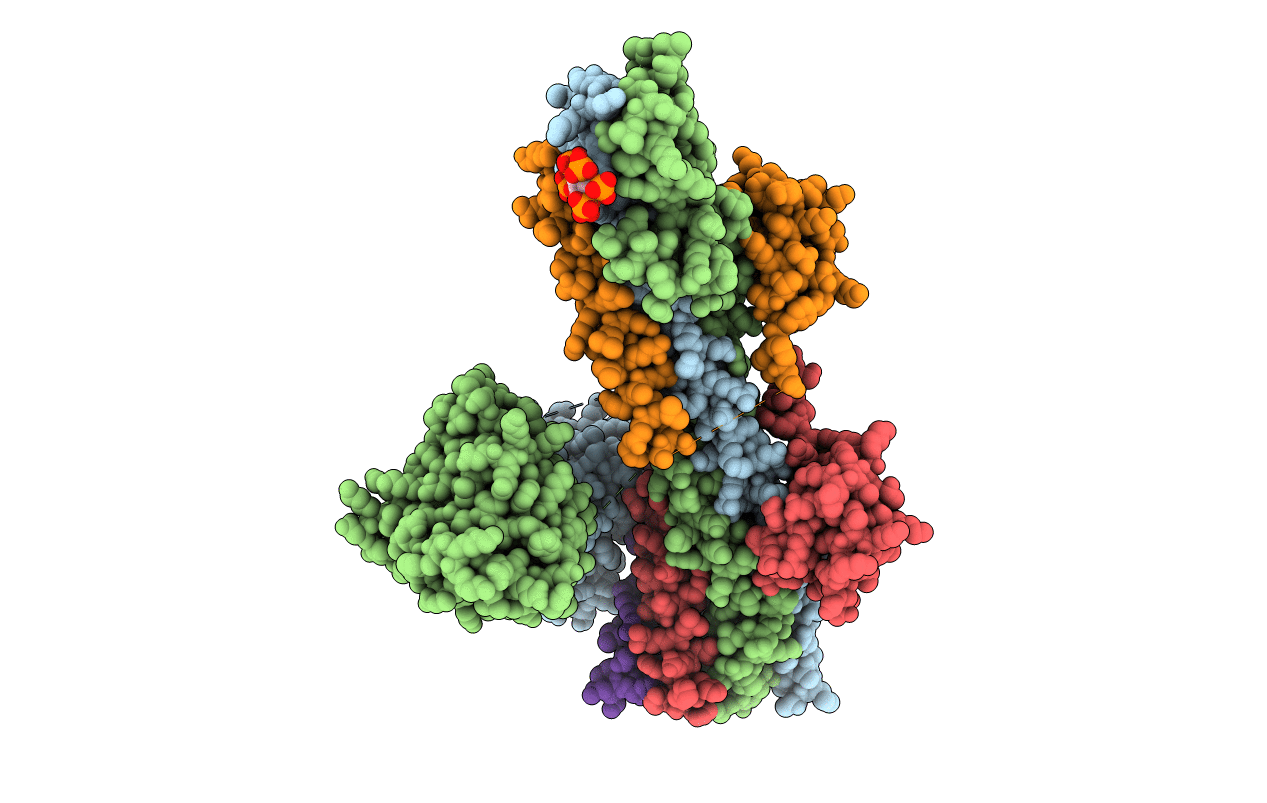
Deposition Date
2020-09-21
Release Date
2021-10-06
Last Version Date
2023-11-29
Entry Detail
Biological Source:
Source Organism:
Oryza sativa subsp. indica (Taxon ID: 39946)
Homo sapiens (Taxon ID: 9606)
Oryza sativa subsp. japonica (Taxon ID: 39947)
Homo sapiens (Taxon ID: 9606)
Oryza sativa subsp. japonica (Taxon ID: 39947)
Host Organism:
Method Details:
Experimental Method:
Resolution:
3.11 Å
R-Value Free:
0.25
R-Value Work:
0.22
R-Value Observed:
0.22
Space Group:
P 32 2 1


